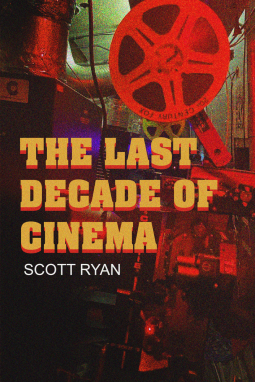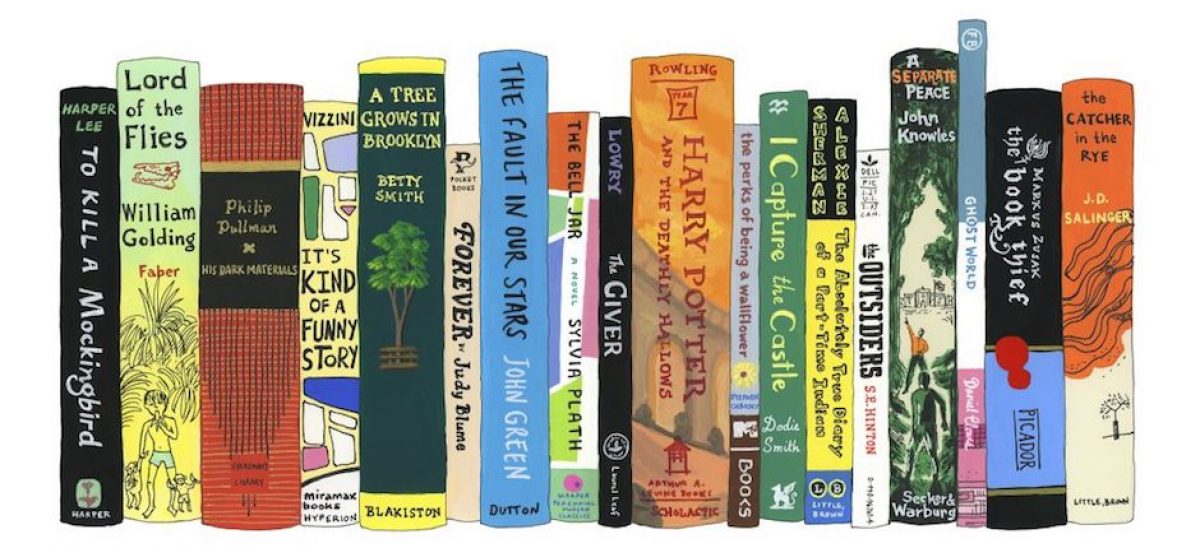By: Angie Haddock
Ah, the nineties. Movies were something in those days. We’ re talking about a decade that began with GoodFellas and ended with Magnolia, with such films as Malcolm X, Before Sunrise, and Clueless arriving somewhere in between. Stories, characters, and writing were king; IP, franchise movies, and supersaturated superhero flicks were still years away. Or so says Scott Ryan, the iconoclastic author of The Last Days of Letterman and An Oral History, who here turns his attention to The Last Decade of Cinema— the prolific 1990s.
I would say that this book speaks to people in my age range… but really, anyone can enjoy movies from any era, if they seek them out and choose to watch them!
But this was a fun romp down memory lane for someone who actually remembers some of these movies from when they were first out (either in theaters or on VHS).

For this examination of the author’s favorite decade of movies, he watched about 160 movies from the era, and chose 25 to write essays about. Aside from the deep dives into individual movies, though, Scott Ryan pontificates a lot about why the 1990s was, in his mind, the “last decade of cinema.”
(Spoiler: a big part of that was the shift to digital projection, and/or just watching stuff at home. Yes, he has a noticeable dislike of big franchise movies, too, but that really comes later than 2000.)
I can’t say I’ve seen every movie on his list, or agree with every point he makes. This book is full of subjective opinions, albeit from someone who knows a lot about movies. The fun is just in thinking about these gems, or thinking about them again after a long time. And, of course, maybe considering watching some that this viewer/reader passed on when they first hit Blockbuster Video.
Just to whet your appetite, a few of the movies he highlights include:
Pretty Woman, Terminator 2, Malcolm X, The Shawshank Redemption, Pulp Fiction, Swingers, The Birdcage, The Big Lebowski, and The Cider House Rules.
The essays are organized by year. He also includes some short (one paragraph, mostly) thoughts on some of the other movies he watched, and a full list of all of them at the end. So, even after the big thoughts on the 25 heavy hitters he picked to focus on, you can keep the nostalgia going by seeing the full list and remembering other faves from the era.
This book is for you if you have ever had lengthy discussions about the likes of Ben Stiller, Jon Favreau, or even Martin Scorsese and Robert DeNiro. Or if you haven’t, but aspire to someday. If you’re in film school, just do it.
This trip through a bygone era is out today. I read ahead on NetGalley, thanks to Black Chateau and BookFest.



